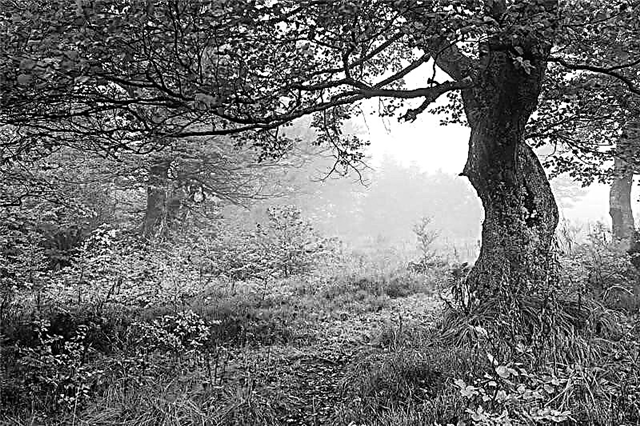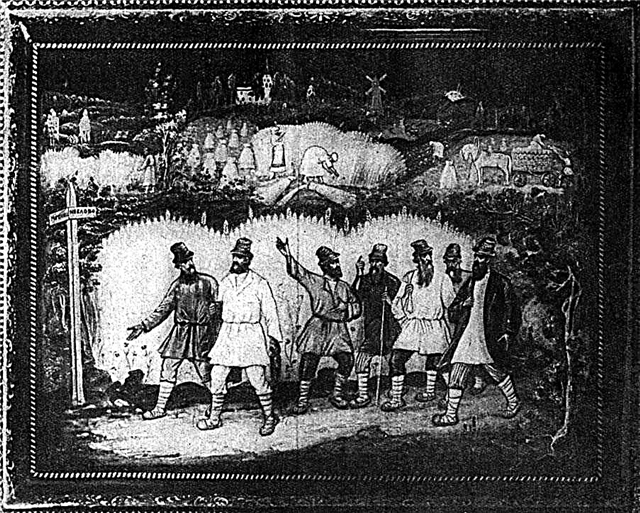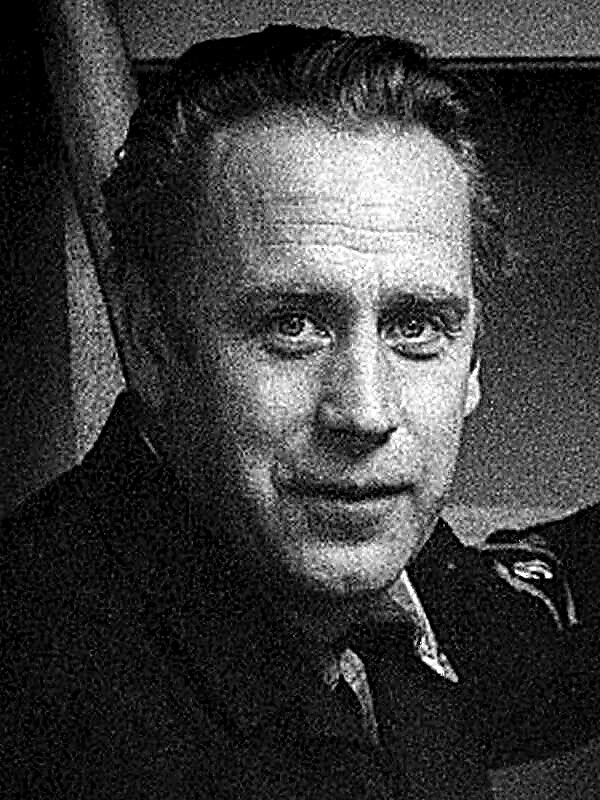Garshin's most famous story. Although not strictly autobiographical, he nevertheless absorbed the personal experience of a writer who suffered from manic-depressive psychosis and suffered an acute form of the disease in 1880.
A new patient is brought to the provincial psychiatric hospital. He is a buoy, and the doctor is unable to relieve the severity of the attack. He continuously walks from corner to corner of the room, almost does not sleep, and despite the enhanced nutrition prescribed by the doctor, he is losing weight uncontrollably. He realizes that he is in a madhouse. An educated man, he largely retains his intellect and the properties of his soul. He cares about the abundance of evil in the world. And now, in the hospital, it seems to him that somehow he is standing in the center of a gigantic enterprise aimed at the destruction of evil on earth, and that the other outstanding people of all time gathered here are called upon to help him in this.
Meanwhile, summer comes, patients spend whole days in the garden, cultivating beds of vegetables and caring for the flower garden.
Near the porch, the patient discovers three poppy bushes of unusually bright scarlet color. The hero suddenly imagines that all these world evil was embodied in these flowers, that they were so red because they absorbed the innocent shed blood of mankind, and that his mission on earth was to destroy the flower and with it all the evil of the world ...
He picks one flower, quickly hides it on his chest, and begs all evening for others not to approach him.
The flower, it seems to him, is poisonous, and it would be better if this poison first passes into his chest than it hits anyone else ... He himself is ready to die, “as an honest fighter and as the first fighter of humanity, because so far no one has I did not dare to fight at once with all the evil of the world. ”
In the morning, the paramedic finds him a little alive, so the hero was worn out by the fight against the toxic secretions of the red flower ...
Three days later, he picks off the second flower, despite the protests of the watchman, and hides it on his chest again, feeling at the same time that evil is wriggling from the flower with long, snake-like creeks.
This struggle further weakens the patient. The doctor, seeing the critical condition of the patient, the severity of which is aggravated by incessant walking, tells him to put on a straitjacket and tie him to bed.
The patient resists - because he needs to pick the last flower and destroy the evil. He is trying to explain to his watchmen what danger threatens them all if they do not let him go - after all, he alone in the whole world can defeat the treacherous flower - they themselves will die from one touch of him. The watchmen sympathize with him, but do not pay attention to the patient's warnings.
Then he decides to deceive the vigilance of his watchmen. Pretending to calm down, he waits for the night and then shows miracles of dexterity and quick wit. He frees himself from a straitjacket and put, with a desperate effort bends the iron rod of the window grill, climbs along the stone fence. With ragged nails and bloodied hands, he finally reaches the last flower.
In the morning they find him dead. The face is calm, bright and full of proud happiness. In the stiffened hand is a red flower, which is a fighter against evil and carries with him to the grave.


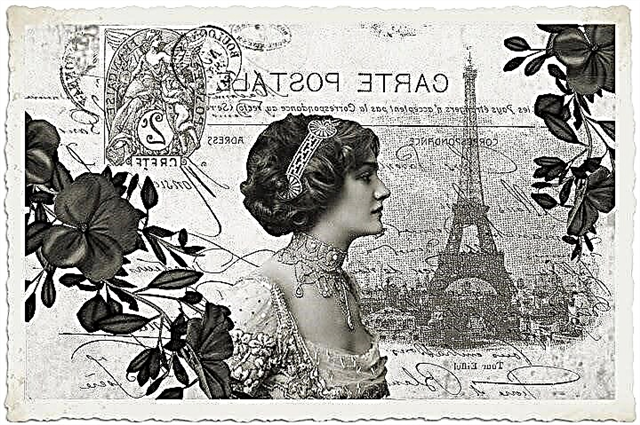
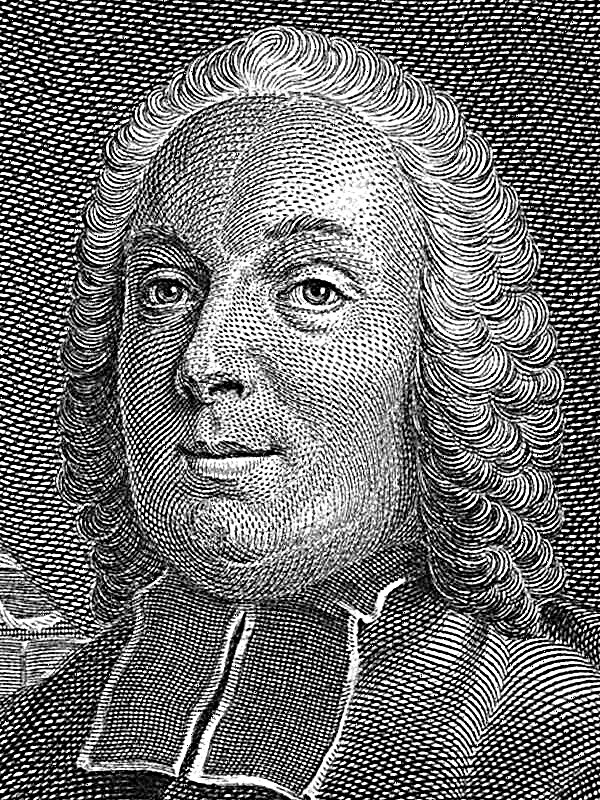

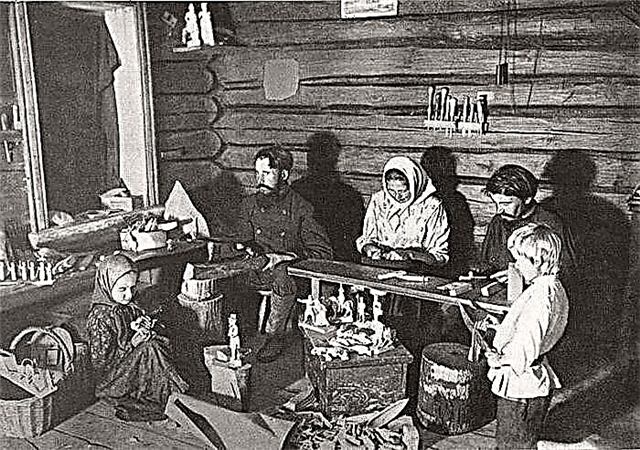
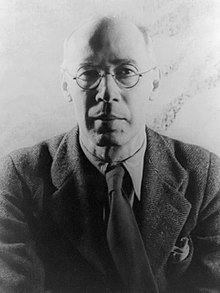

 What great companies do
What great companies do